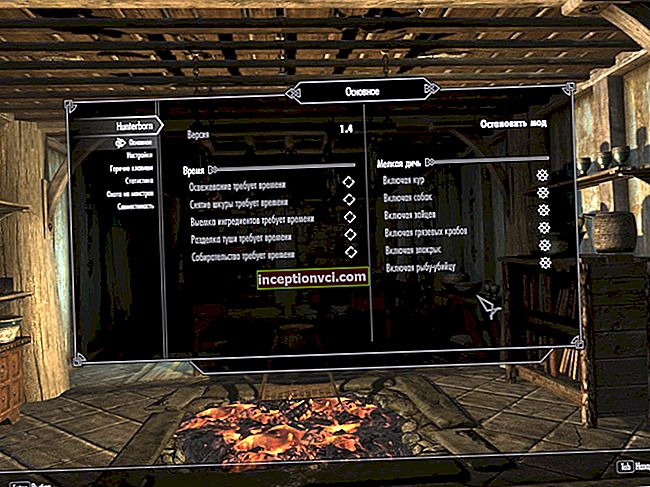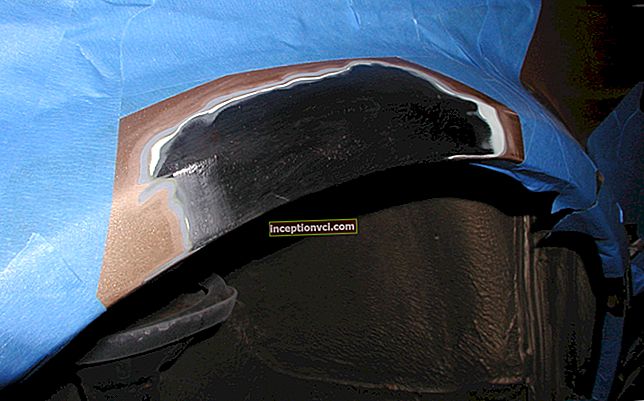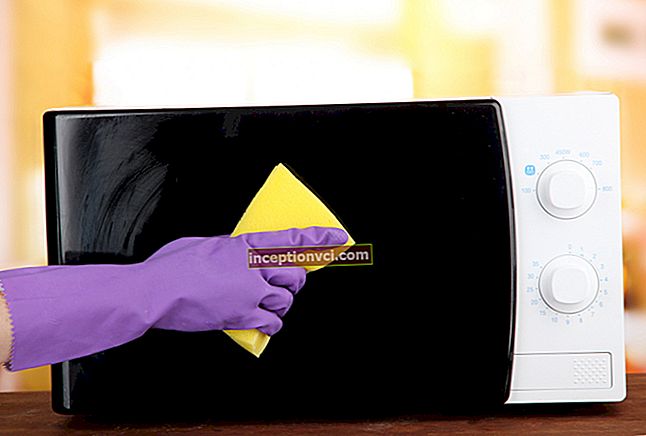Does your home look like a refrigerator in winter? Don't rush to buy heaters! Floor heating systems are an excellent alternative. By heating the air over a large area, "warm" floors distribute heat evenly throughout the room. The warm air rising from the floor envelops you from all sides, while from the heaters it in vain leaves to the ceiling.
Unlike heaters, the "warm" floor does not dry out the air. Moreover, it normalizes humidity in rooms with excessive dampness.
 Thanks to the "warm" floor, you can forget about freezing feet and winter socks forever. Agree, it's nice to walk barefoot in winter, like in summer. At the very least, this guarantees a good mood for the whole winter. It is especially important that children playing on the "warm" floor will not risk catching a cold.
Thanks to the "warm" floor, you can forget about freezing feet and winter socks forever. Agree, it's nice to walk barefoot in winter, like in summer. At the very least, this guarantees a good mood for the whole winter. It is especially important that children playing on the "warm" floor will not risk catching a cold.
In the hallway, the "warm" floor helps dry wet shoes. Such drying is much more gentle than on a battery or near a heater. After cleaning with a damp cloth, the floor surface dries up in just 15 seconds.
"Warm" floor, unlike a heater, does not threaten the owners with burns and damage to things. It can be laid in any part of the house - be it a living room, kitchen or loggia. There are no restrictions: it all depends on your desire.
Types of "warm" floors
To decide which "warm" floor is better, you should know what types they are.
- Cable floors in the form of mats and sections. Their heating elements are single-core and double-core. There are no fundamental differences between them, except for the laying scheme. Two-core cables are more profitable due to less energy consumption. Therefore, they are slightly more expensive than single-core ones. The construction of the mats is formed by a cable and a special mesh. Compared to sections, they are thinner. Mats are mounted in a layer of tile adhesive. Sections are filled with cement screed;
- Foil floors in the form of a heating film. Unlike a cable system, it is laid without screed and glue under any cover. The film is only 0.4 mm thick, so it does not increase the floor height. Compared to cable systems, the film floor has a short service life, but it is the most economical.
Which "warm" floor to choose is up to you. After all, the answer depends on your capabilities and needs.
How to choose and use a "warm" floor correctly?
Naturally, the installation of a "warm" floor and its use require compliance with certain rules. Knowing about them, you can fully enjoy the described advantages of "warm" floors.
1. Do not lay underfloor heating over the entire area of the room.
Heating elements should be located at least 10 cm from the walls of the room. Also, they should not be laid in the places where furniture is located to avoid local overheating of the system. Based on this, the "warm" floor should occupy up to 70% of the total area of the room. And even less if there is a lot of furniture in the room.

2. Choose a material for the floor that conducts heat well
The better the coating conducts heat, the less energy is spent on heating it. Ceramic tiles, linoleum and stone conduct heat well. Floorboards, parquet and laminate are not characterized by high thermal conductivity and heat transfer.
Useful article: "How to cut tiles to get a perfect cut without chips"
By adhering to these rules, you can significantly reduce energy consumption during the cold season. Considering the excellent prices and the possibility of interest-free installments, buying a "warm" floor in the F.ua online store can be one of your most profitable purchases!









